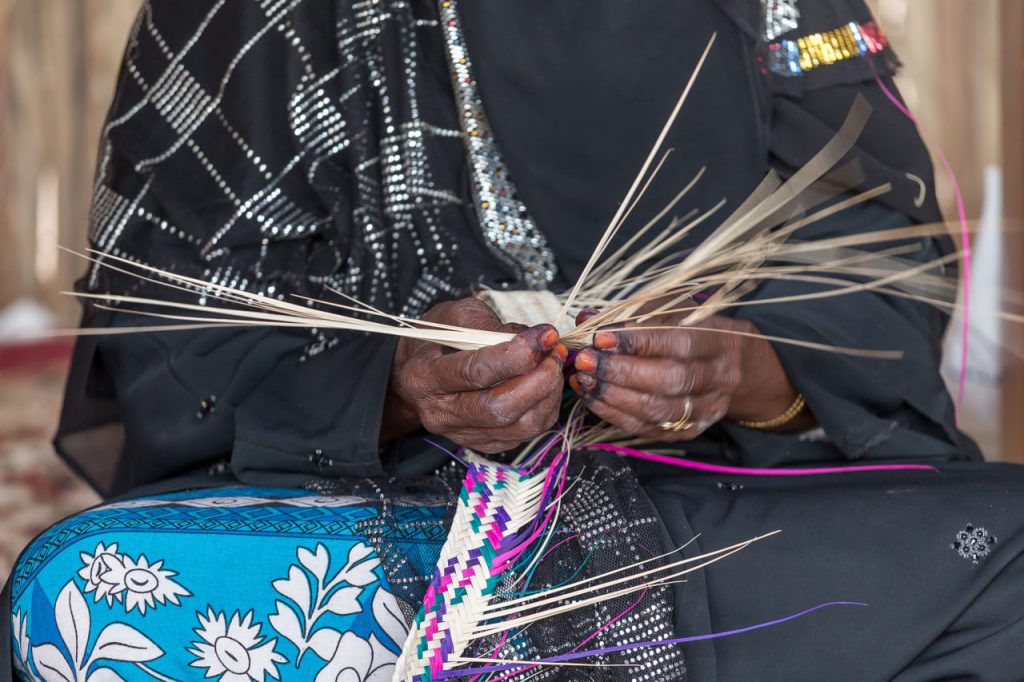Weaving is often seen as a simple craft — an activity rooted in utility, creating beautiful textiles for daily life. But what if we told you that weaving is much more than that? What if we told you that it can be a deeply therapeutic experience, capable of nurturing not only the hands but also the heart and mind?
For centuries, the act of weaving has been used as a form of meditation, a way to center the mind and connect with a deeper sense of self. Let’s explore how traditional weaving techniques can be a tool for healing and emotional well-being.
Weaving as a Meditative Practice
In a world full of distractions, many of us struggle to find moments of peace. Meditation, mindfulness, and other calming practices are often used to help us slow down, focus, and clear our minds. But one practice that has long been overlooked as a form of mindfulness is weaving.
The repetitive motion of weaving — over and under, pass by pass — helps to anchor the mind. The rhythmic movement of the hands provides a grounding effect that can be soothing for those who find it hard to sit still in traditional meditation. Weaving is a gentle and meditative rhythm that can lead to a calm, relaxed state — often resulting in a “flow” state where the mind quiets and focus intensifies.
Therapeutic Benefits: A Healing Thread
Many cultures have used weaving as a therapeutic tool for centuries. From the Hopi of North America to the women in the Himalayas, weaving was seen not just as a way to create goods, but as a way to process emotions and navigate personal challenges. The focus required to weave is a form of introspection, allowing weavers to express feelings that might be difficult to articulate with words.
In modern-day settings, weaving is increasingly used in therapy. Art therapists often introduce weaving as a way to help clients deal with trauma, anxiety, depression, and grief. The act of physically creating something from nothing provides a sense of accomplishment and control, which can be incredibly empowering.
Emotional Release Through Weaving
Just as some people may use journaling or painting to release pent-up emotions, weaving provides an outlet for creativity and self-expression. Whether you are working with colorful threads or simple materials, weaving allows for personal connection. Some people find comfort in the steady, tactile nature of the process, while others are drawn to the problem-solving aspects of pattern creation.
Each weave, each knot, tells a story. It can be an expression of sorrow, joy, or peace. The ability to weave, like any other craft, can foster a sense of empowerment, especially when dealing with emotional challenges.
Strengthening the Connection Between Mind, Body, and Spirit
Weaving is not just an activity for your hands — it involves your whole being. The act of creating something beautiful and tangible taps into your creative energy, connecting your mental focus with your physical movements. As you weave, you enter into a space of deep connection between your body and mind, allowing you to express your innermost thoughts and emotions.
At Traditional Weaving Class, we emphasize this holistic approach to weaving. Our classes focus on the process rather than the finished product, helping our students engage with their emotions and thoughts while they learn the craft. By weaving, you can restore balance in your life, and embrace the full spectrum of physical, mental, and emotional healing.

